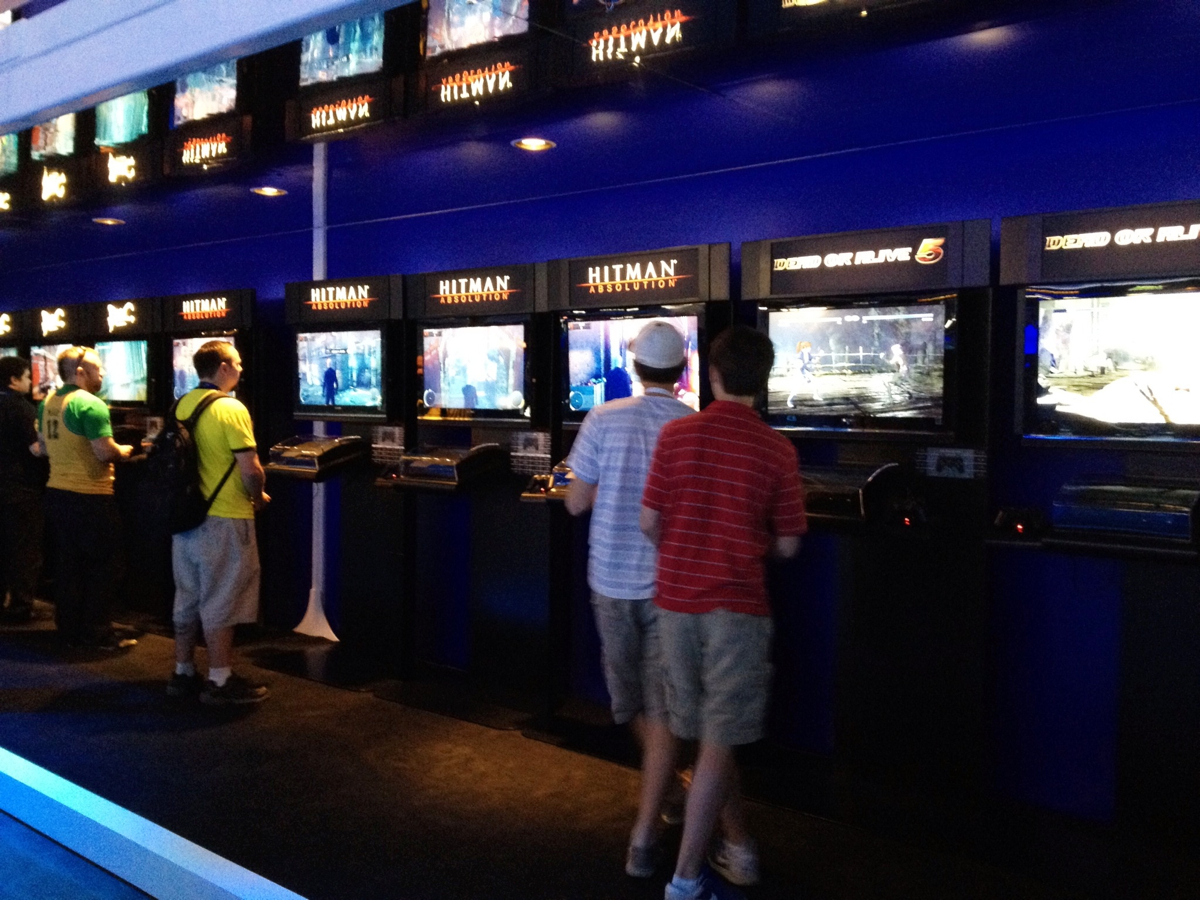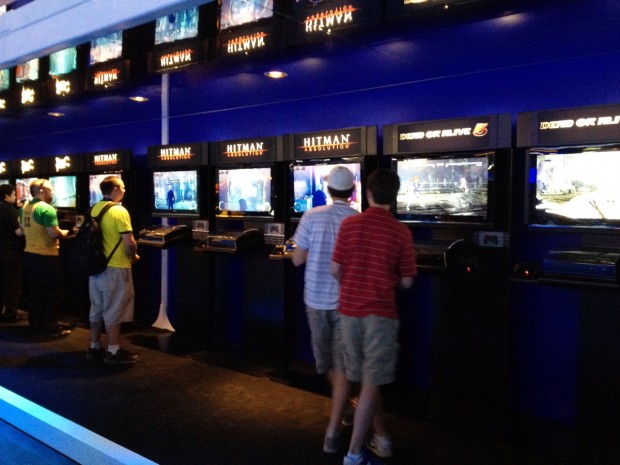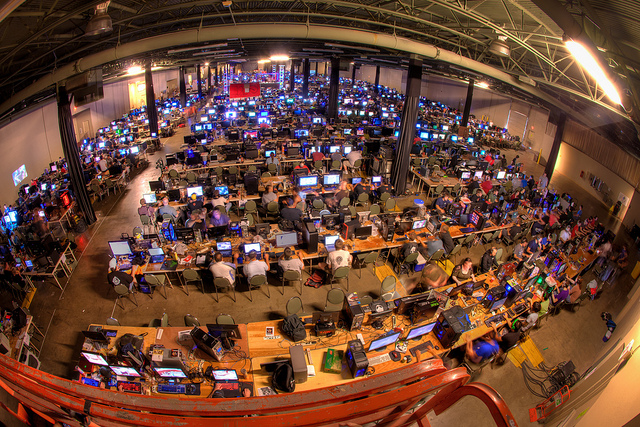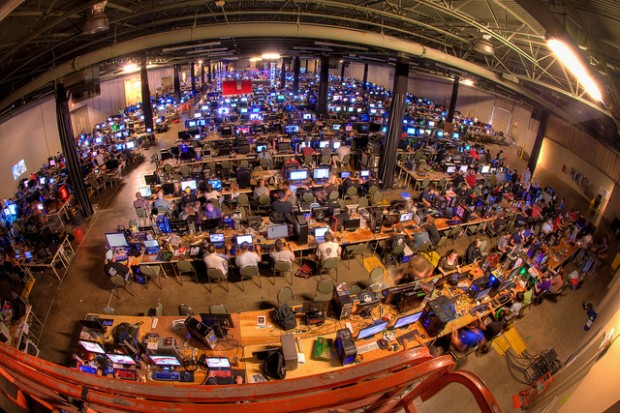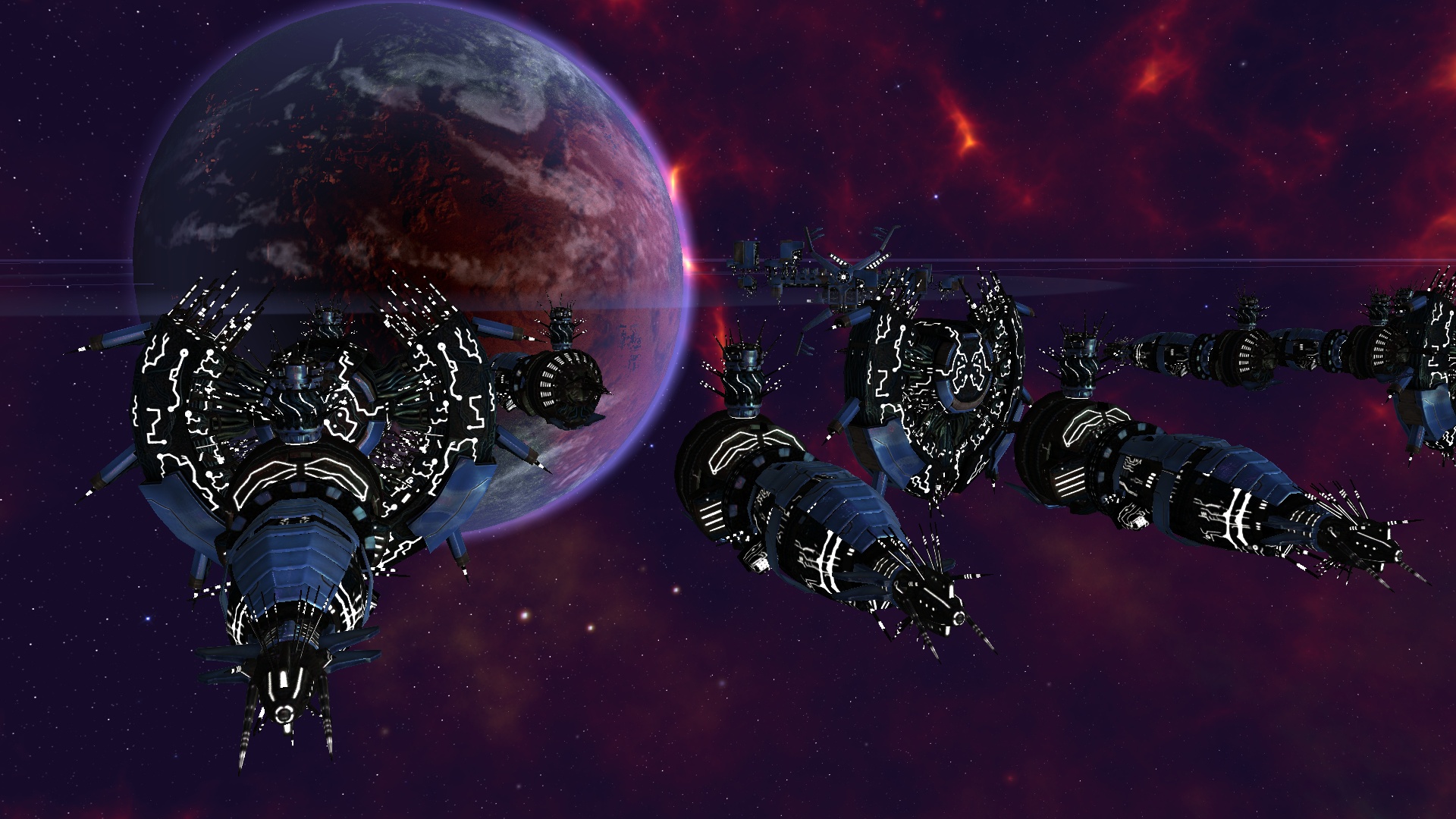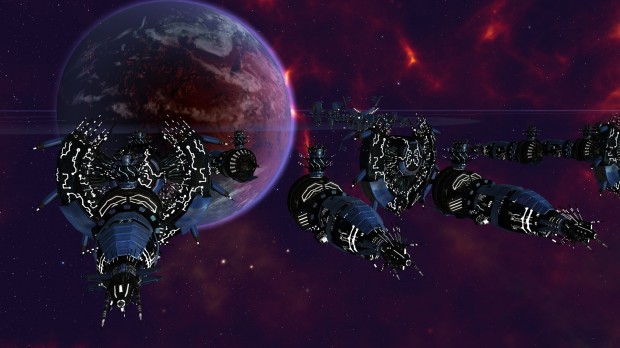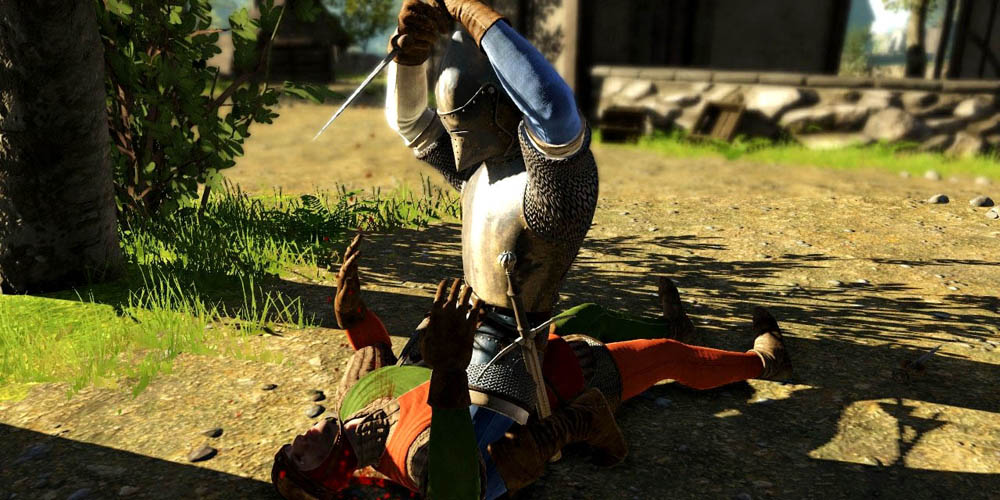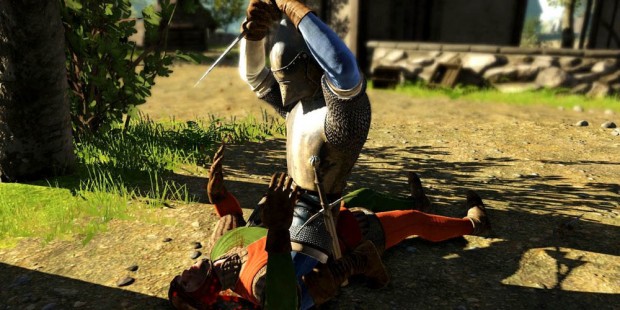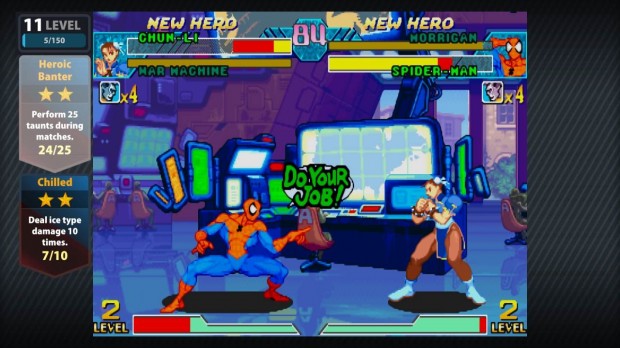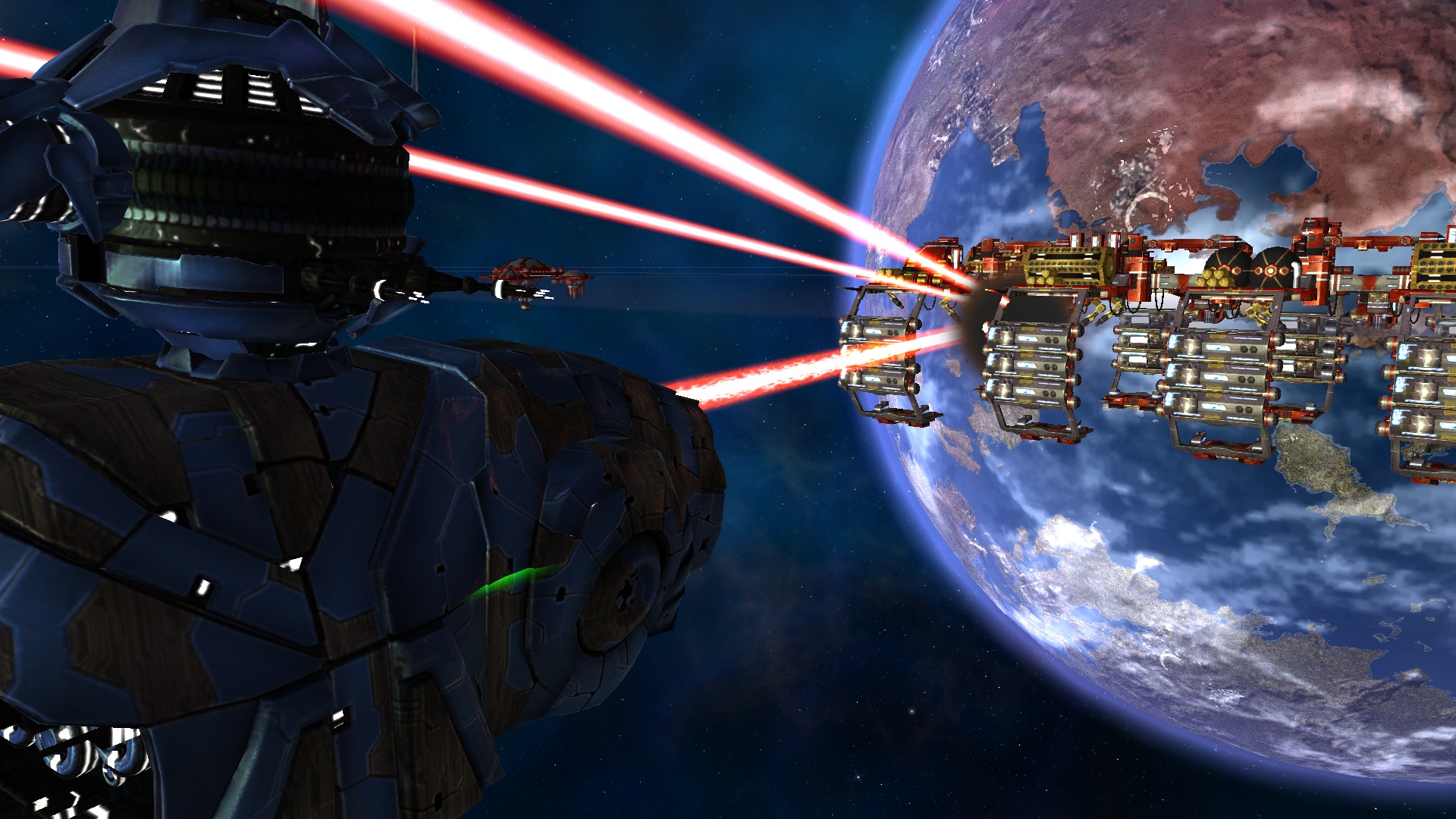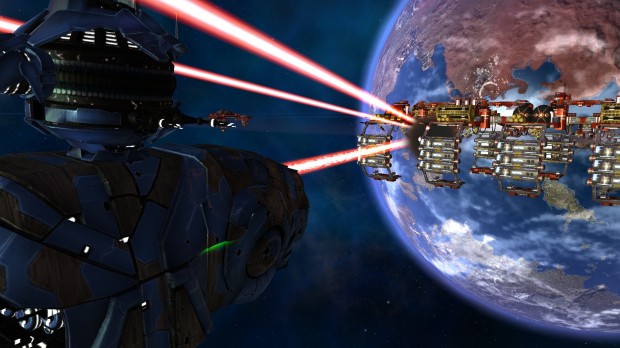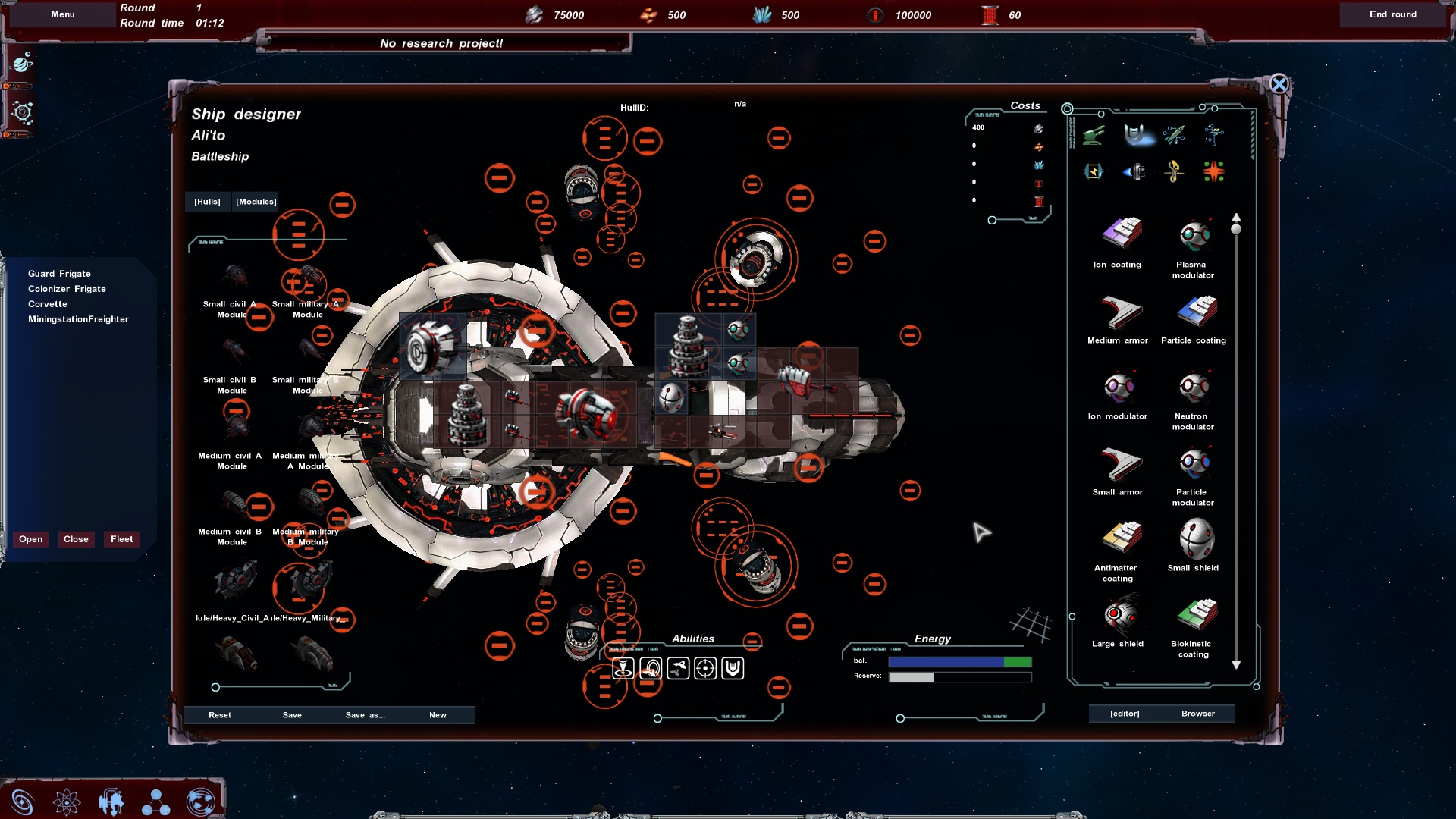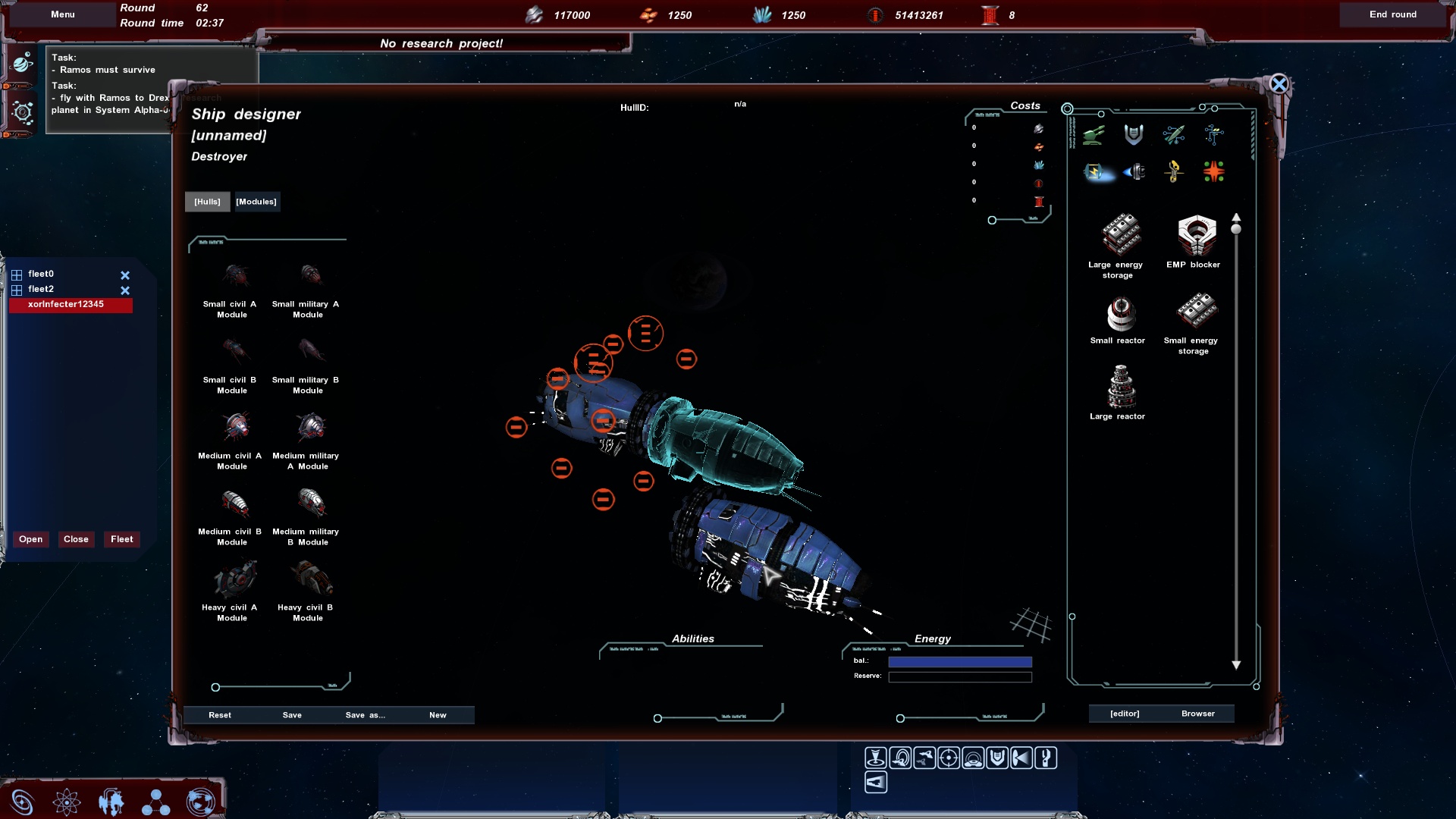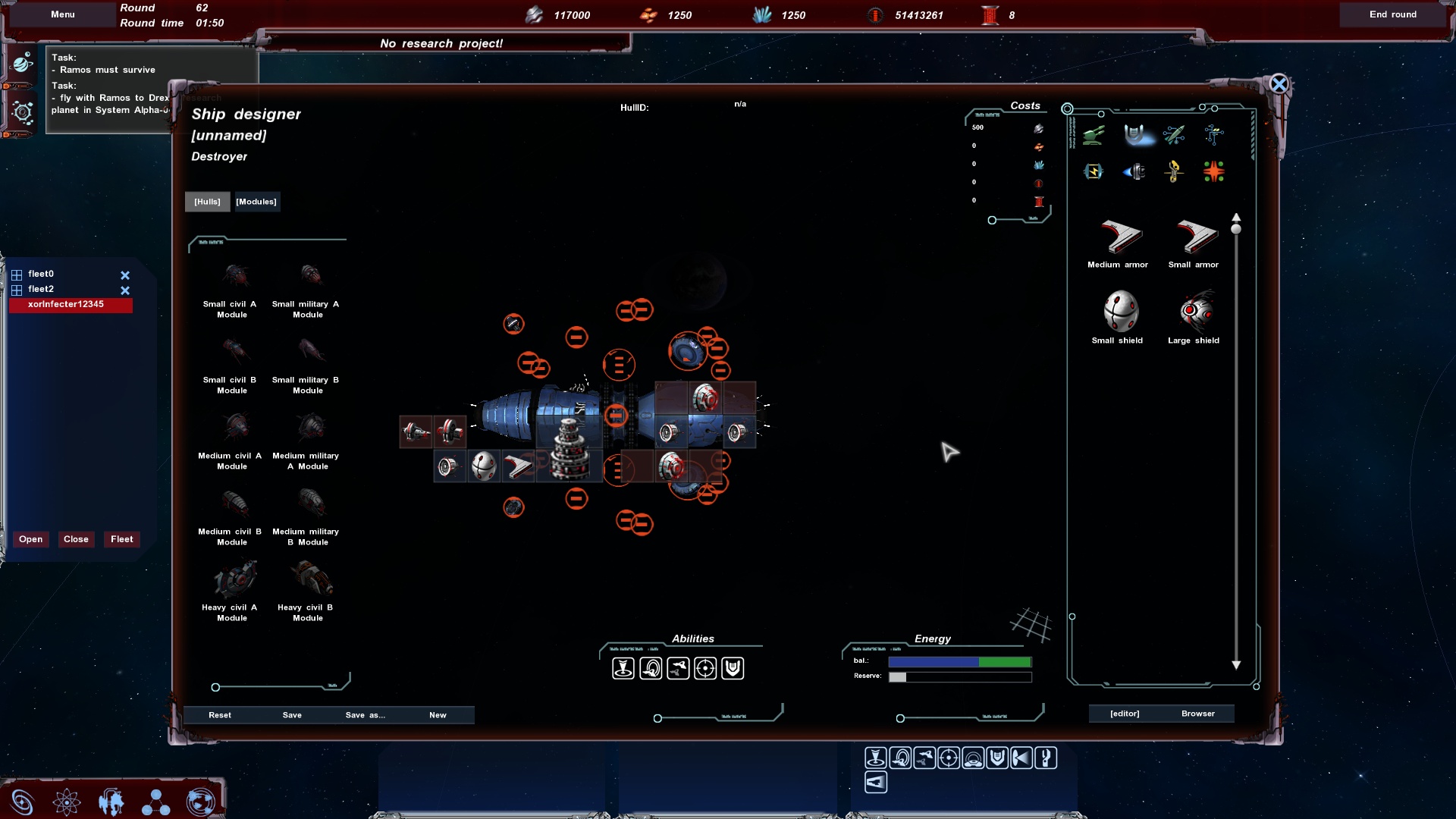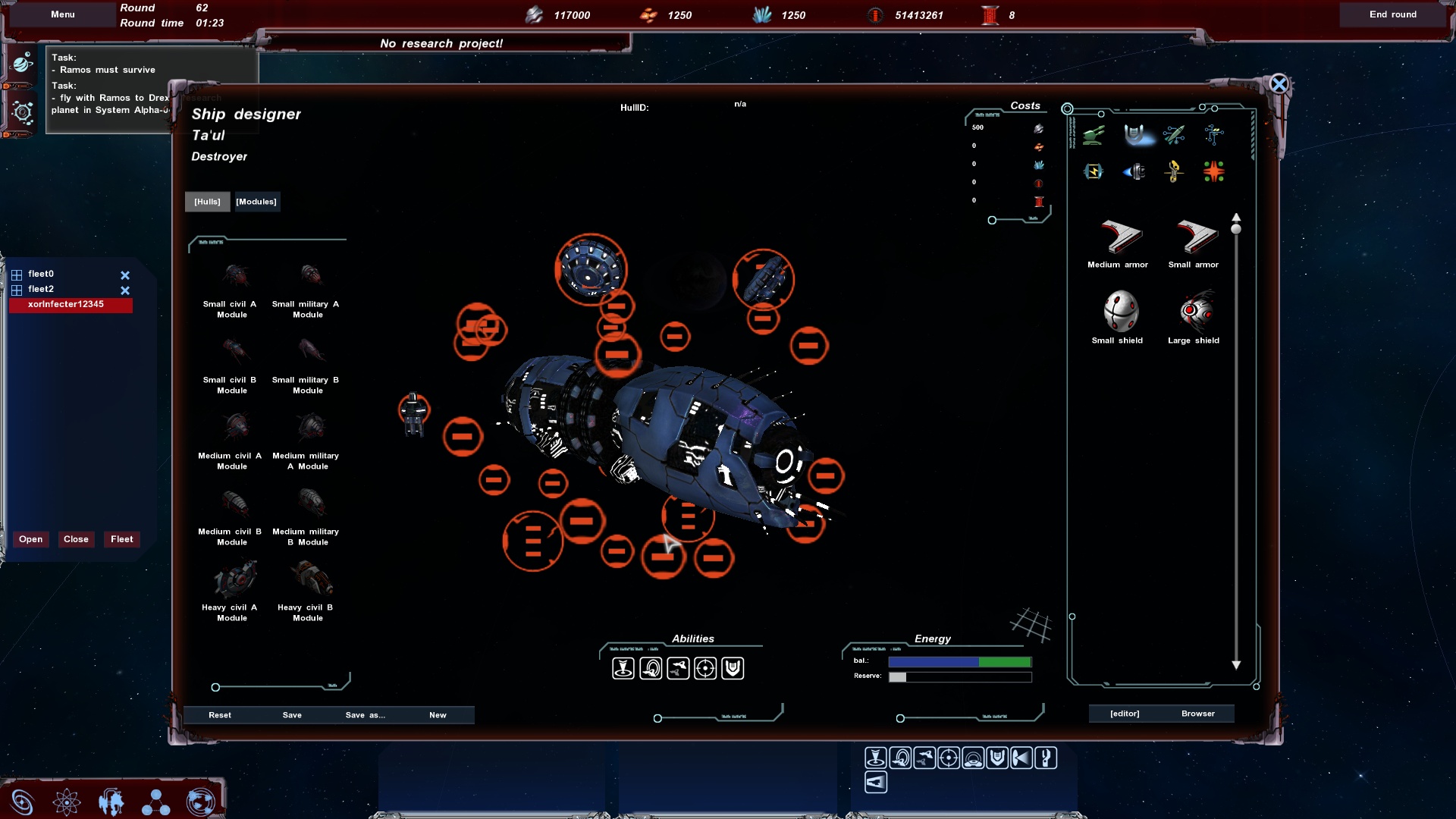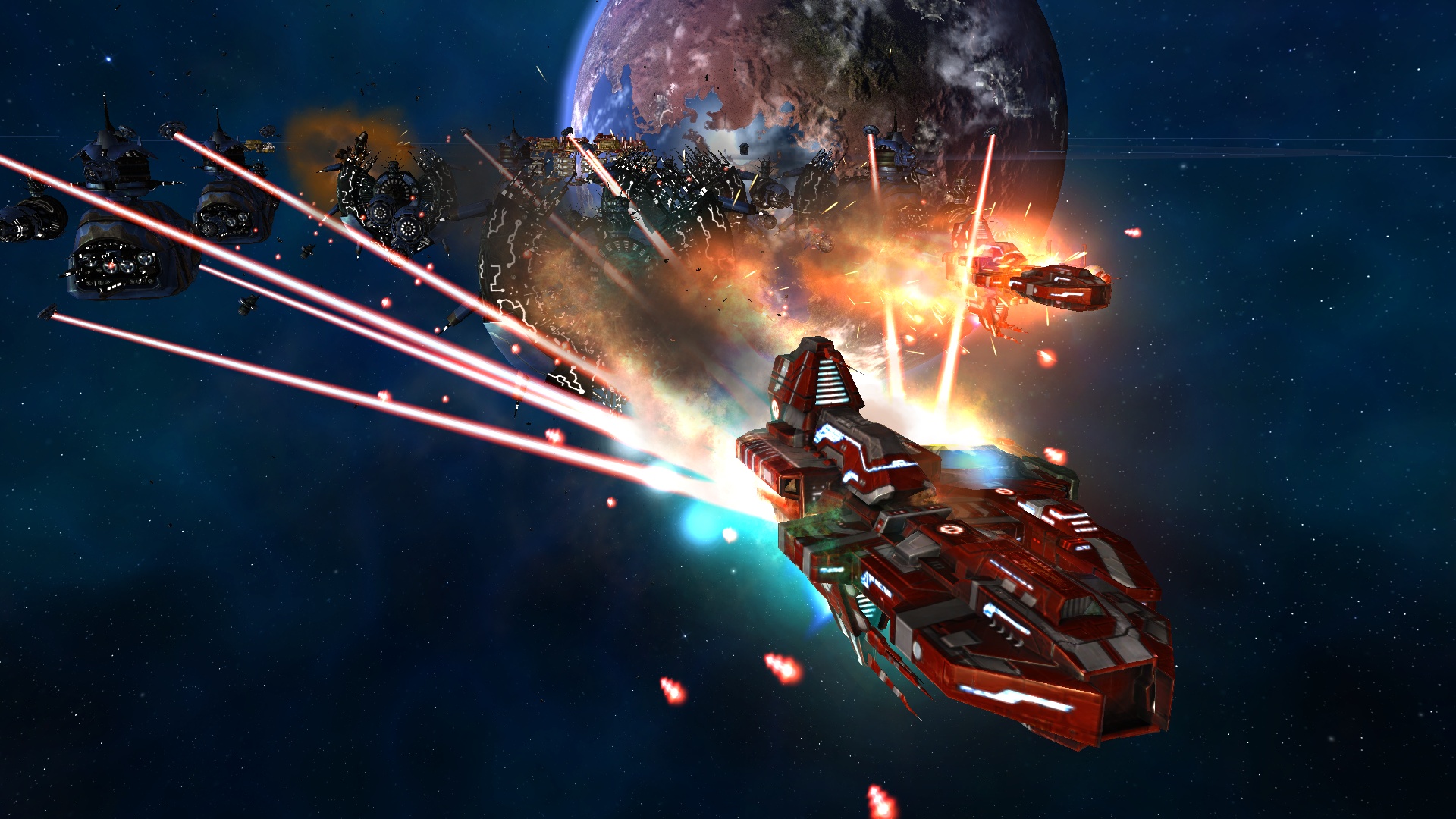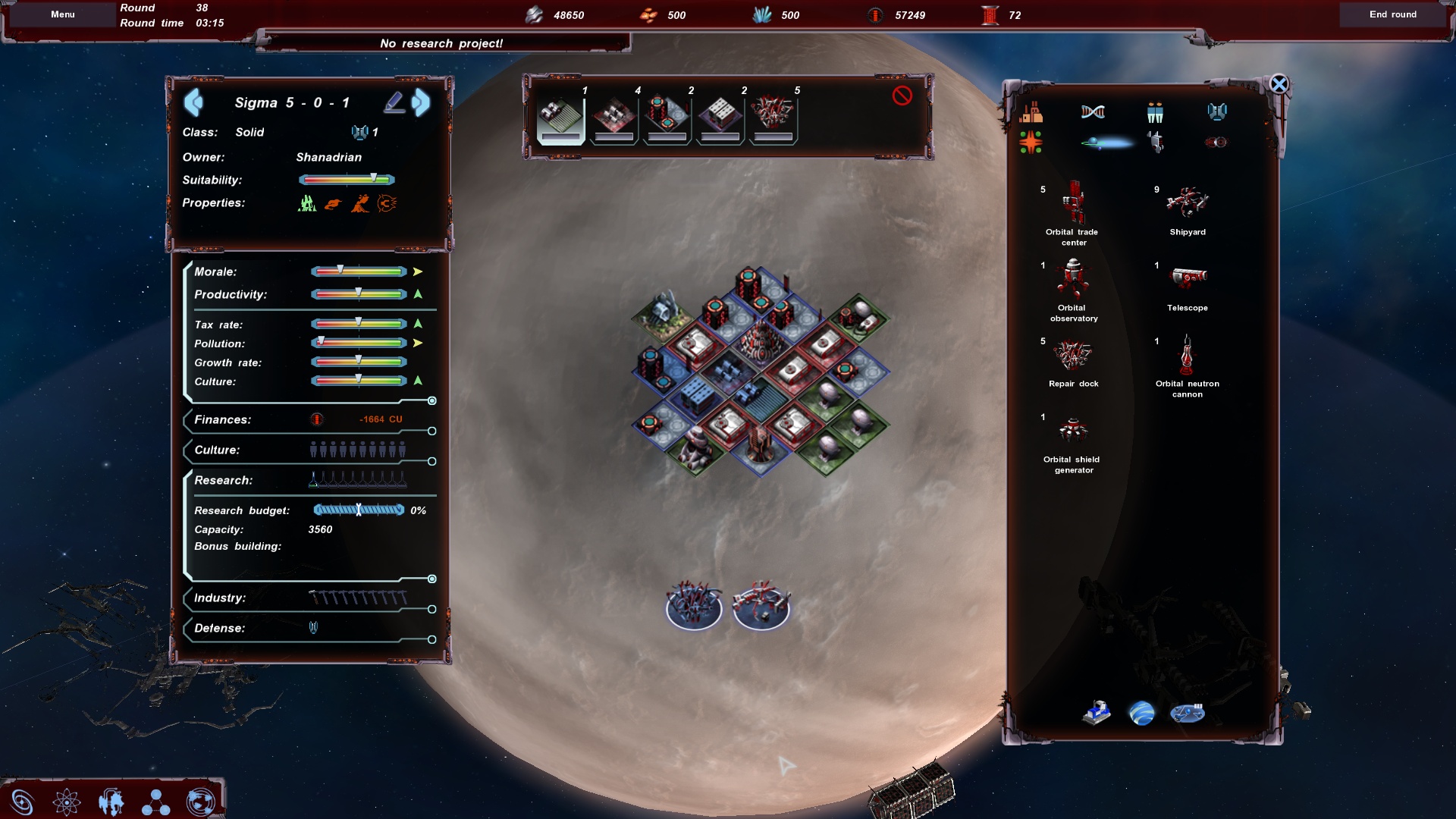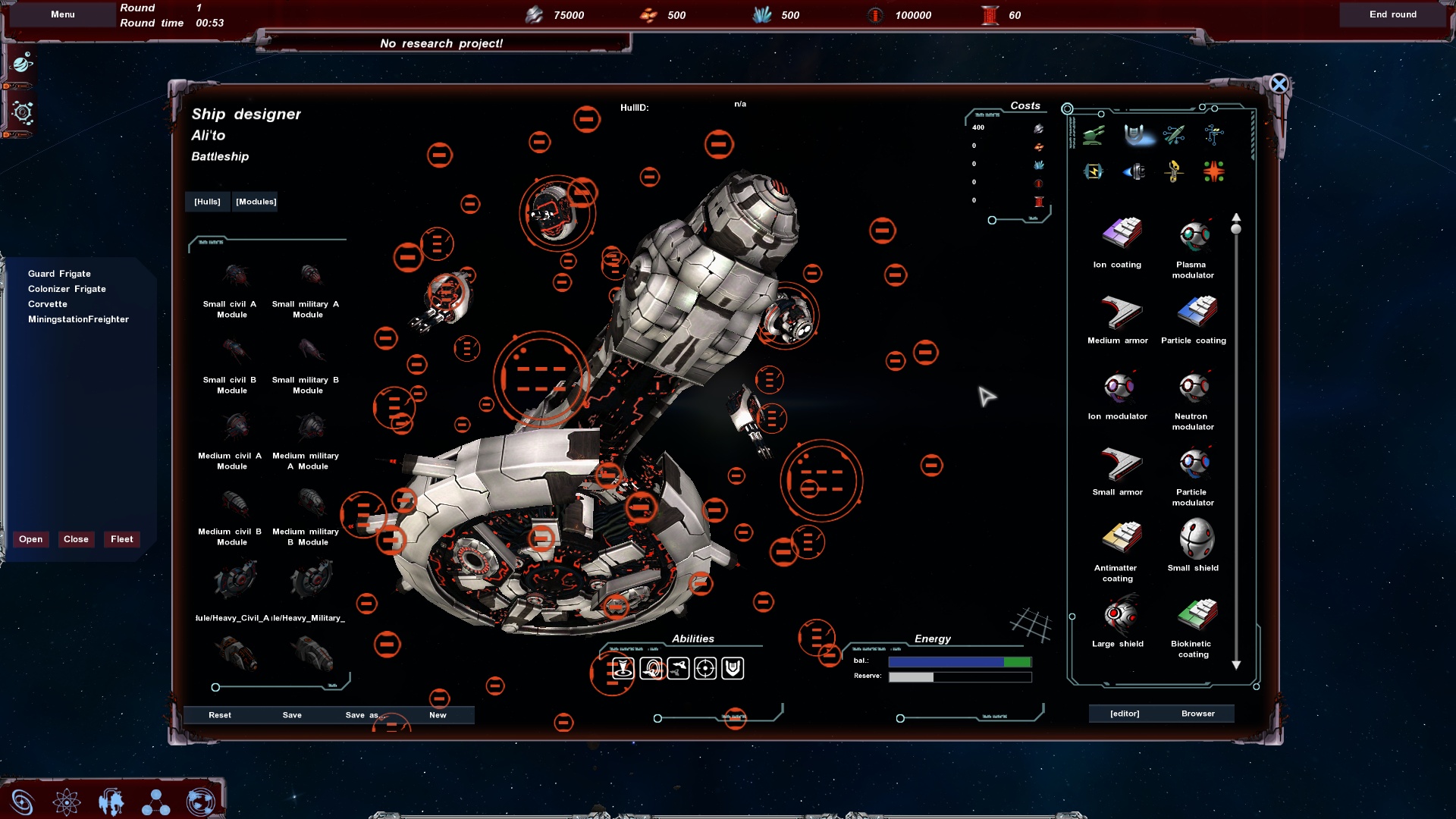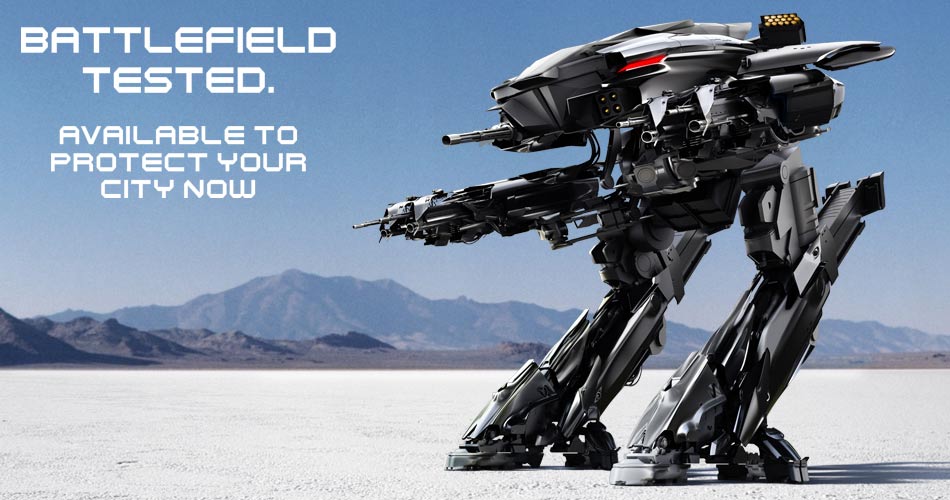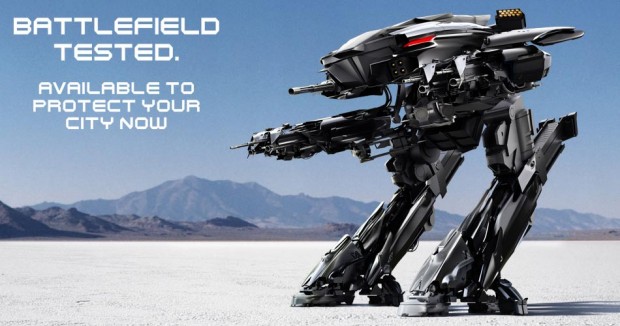LOS ANGELES (July 9, 2012) – Square Enix, Inc., the publisher of SQUARE ENIX® interactive entertainment products in the Americas, today announced its award-winning title lineup for San Diego Comic-Con, taking place July 12-15. With one of the most impressive and varied lineups in company history, Square Enix is set to give Comic-Con attendees their first-ever chance to play some of the most anticipated and talked about titles to date, including the first public demo of the highly anticipated TOMB RAIDER®, winner of IGN’s Best Overall Game of E3.
Comic-Con attendees will be able to preview and play the following Square Enix titles:
• HEROES OF RUIN™ – Available on July 17, HEROES OF RUIN challenges players to carve their own adventure as a Gunslinger, Alchitect, Vindicator or Savage. Pushing social and online interaction to the forefront of gameplay through innovative use of the Nintendo 3DS™ system, players can trade rare and powerful items through an in-game shop which has an inventory updated through creative use of StreetPass™.
• KINGDOM HEARTS 3D [Dream Drop Distance] – Celebrating the franchise’s 10th anniversary, KINGDOM HEARTS 3D [Dream Drop Distance] features a spectacular story that promises to be a fun backdrop to the colorful cast of Disney characters making their 3D debut on a handheld title. In addition to brand new worlds, KINGDOM HEARTS 3D [Dream Drop Distance] will also feature never before seen gameplay elements and will be available on July 31.
• Sleeping Dogs™ – Sleeping Dogs catapults players into the role of undercover cop Wei Shen, tasked with taking down one of the world’s most fearsome criminal organizations from the inside – the Hong Kong Triads. As players explore the bustling and crowded Hong Kong island, through its neon-lit side streets and sprawling street markets, an incredible story unfolds of loyalty and betrayal, where Wei begins to question his own motives as he is sucked in deeper than he could ever imagine.
• HITMAN®: ABSOLUTION™ – HITMAN: ABSOLUTION follows Agent 47, a cold-blooded assassin, who takes on his most dangerous contract to date. Betrayed by those he once trusted — and now hunted by the police — he suddenly finds himself at the center of a dark conspiracy and must embark on a personal journey through a corrupt and twisted world.
• TOMB RAIDER – Armed with only the raw instincts and physical ability to push beyond the limits of human endurance, TOMB RAIDER delivers an intense and gritty story into the origins of Lara Croft and her ascent from a frightened young woman to a hardened survivor.
In an exclusive partnership with the Xbox 360® video game and entertainment system from Microsoft, Square Enix is a joint sponsor of The Nerd Machine’s Nerd HQ with TOMB RAIDER as the main event. TOMB RAIDER will be playable on more than 20 Xbox 360 units and will sponsor The Nerd Machine party on Friday, July 13.
NERD HQ
HITMAN: ABSOLUTION, Sleeping Dogs, TOMB RAIDER
Block No 16 Union and Spirits
344 7th Ave
Thursday, July 12 9 a.m. – 12 a.m.; Friday, July 13 9 a.m. – 5 p.m.
Saturday, July 14 9 a.m. – 10 p.m.; Sunday, July 15 9 a.m. – 4 p.m
San Diego Comic-Con attendees can play the Square Enix lineup at multiple locations including:
Square Enix Booth
HITMAN: ABSOLUTION, KINGDOM HEARTS 3D [Dream Drop Distance], Sleeping Dogs, TOMB RAIDER
San Diego Convention Center, Booth 3829
Nintendo Lounge
KINGDOM HEARTS 3D [Dream Drop Distance] and HEROES OF RUIN
Mariott Marquis & Marina – San Diego Ballroom
333 W. Harbor Drive
Thursday, July 12 9:30 a.m. – 7 p.m.; Friday, July 13 9:30 a.m. – 7 p.m.;
Saturday, July 14 9:30 a.m. – 7 p.m.; Sunday, July 15 9:30 a.m. – 5 p.m.
GameSpot Gameroom
HITMAN: ABSOLUTION, Sleeping Dogs, TOMB RAIDER
Thursday – Saturday 11 a.m. – 11 p.m.
Lou and Mickey’s
224 Fifth Avenue
SPIKE Booth
TOMB RAIDER
San Diego Convention Center, Booth 3729
Xbox Lounge at the Hard Rock Hotel
HITMAN: ABSOLUTION, Sleeping Dogs, TOMB RAIDER
Thursday – Sunday 9 a.m. – 5 p.m.
Hard Rock Hotel – Legends Room
207 5th Ave
In addition to getting the first chance to go hands-on with these blockbuster titles, Comic-Con attendees will have the opportunity to gain greater insight into the world of TOMB RAIDER through two dedicated panels:
TOMB RAIDER
Nerd HQ: Block No 16 Union and Spirits, 344 7th Avenue – Saturday, July 14 at 12 p.m. – 2 p.m.
Zachary Levi (star of Chuck and Tangled and a long-time gamer) will host a special TOMB RAIDER panel at Nerd Machine’s San Diego Comic-Con headquarters, featuring Karl Stewart (TOMB RAIDER global brand director), John Stafford (narrative designer), Camilla Luddington (voice of Lara Croft) and the lead writer. All attendees will receive a TOMB RAIDER lithograph that can be signed after the panel.
REIMAGINING A GAMING ICON, LARA CROFT
San Diego Convention Center, Room 5AB – Saturday, July 14 at 6 p.m. – 7p.m.
Karl Stewart (TOMB RAIDER global brand director), Noah Hughes (creative director), John Stafford (narrative designer) and Camilla Luddington (voice of Lara Croft) discuss the journey of reimagining one of the most iconic franchises in video game history, TOMB RAIDER, through story, performance and a lot of planning! As a world exclusive for the Comic-Con panel the team will also be joined by the lead writer responsible for crafting the story over the last two years. Join the team for this Q&A session moderated by Geoff Keighley (host, Spike TV). All attendees will receive a TOMB RAIDER lithograph that can be signed after the panel.
Along with the panels, Square Enix fans will have several opportunities to take home fun and unique items during the show. With contests, interactive activities and more, Comic-Con attendees will have multiple chances to win amazing prizes and collect Comic-Con only Square Enix merchandise.
HITMAN: ABSOLUTION PHOTO SNIPING CONTEST
Upload your best photo sniping image to be entered for a chance to win a custom HITMAN: ABSOLUTION PlayStation®3 computer entertainment system. Runners up will receive miniature figures of Agent 47 and HITMAN themed ties and tie clips. Participants can upload their photo entries at hitman.com/photosnipe or by the photo sniping app on the HITMAN Facebook page.
TOMB RAIDER THEMED XBOX 360 SWEEPSTAKES
A special edition TOMB RAIDER themed Xbox 360 will be given out once a day at each of these locations: the Square Enix booth (3829), Nerd Machine HQ (344 7th Avenue) and at the GameSpot Gameroom area at Lou and Mickey’s restaurant (224 Fifth Avenue). Winners will be chosen each day of the show. Additional prizes will be given away daily Thursday through Saturday during the GameSpot Live Prize-Pow-Looza daily drawings at Lou and Mickey’s.
TOMB RAIDER Cosplay Event
Calling all cosplayers! Plan on dressing as gaming’s leading lady at Comic-Con? Meet up with other Lara Croft look-alikes in front of Lou and Mickey’s restaurant (224 Fifth Avenue) Sunday at 1 p.m. for an exclusive prize and photo opportunities. All Lara iterations are welcome at the event.
Sleeping Dogs GIVEAWAYS
The Sleeping Dogs team will be handing out exclusive Sleeping Dogs posters featuring Tyler Stout artwork and foam versions of the cleaver used in the game. Stop by the Square Enix booth to receive yours.
SQUARE ENIX MEMBERS PASSPORT PROGRAM
Visit booth 3829 to get your Square Enix Members Passport card. Participants will receive a stamp for every title they play at the booth. Once the passport is complete, participants can turn in to receive a set of pins featuring custom logos from Square Enix titles and a special lanyard.
The Square Enix booth will also feature the release of the limited edition Comic-Con exclusive BATMAN: ARKHAM ASYLUM™ PLAY ARTS -KAI- figurines. These limited edition figurines will be priced at $59.99 and will be available on July 12. The BATMAN [BLACK & WHITE EDITION] and the JOKER [BLACK & WHITE EDITION] are currently available for pre-order while supplies last.
Finally the SQUARE ENIX MANGA STORE, the official online portal for more than 170 volumes of manga will be featured at the booth with popular titles FULLMETAL ALCHEMIST® and SOUL EATER available for purchase. Manga artist’s autographs and artwork will be on display along with a special exhibit of two manga titles, SOUL EATER NOT! and BLACK BUTLER. SOUL EATER NOT!, is a manga series released simultaneously in Japan and North America in conjunction with Yen Press and BLACK BUTLER is a popular manga series that has become an anime series in Japan.





